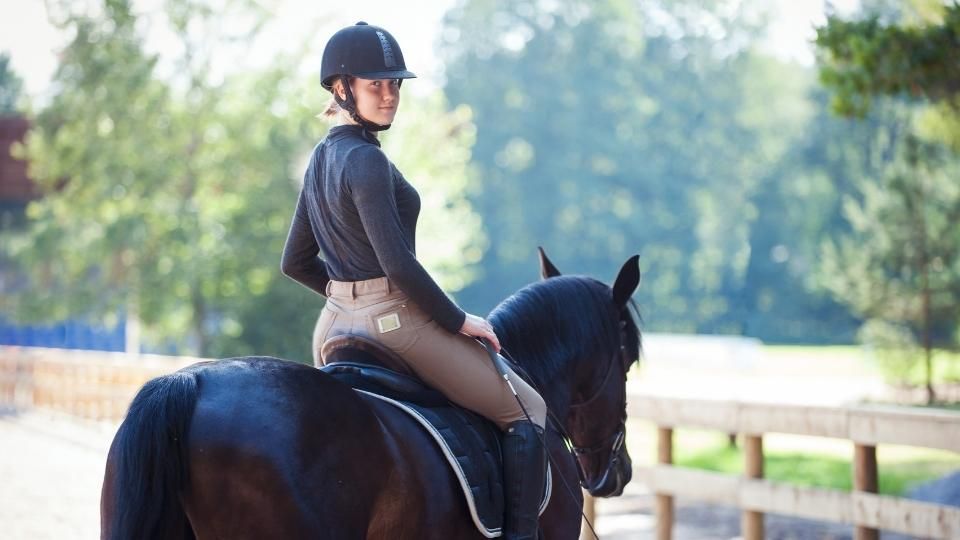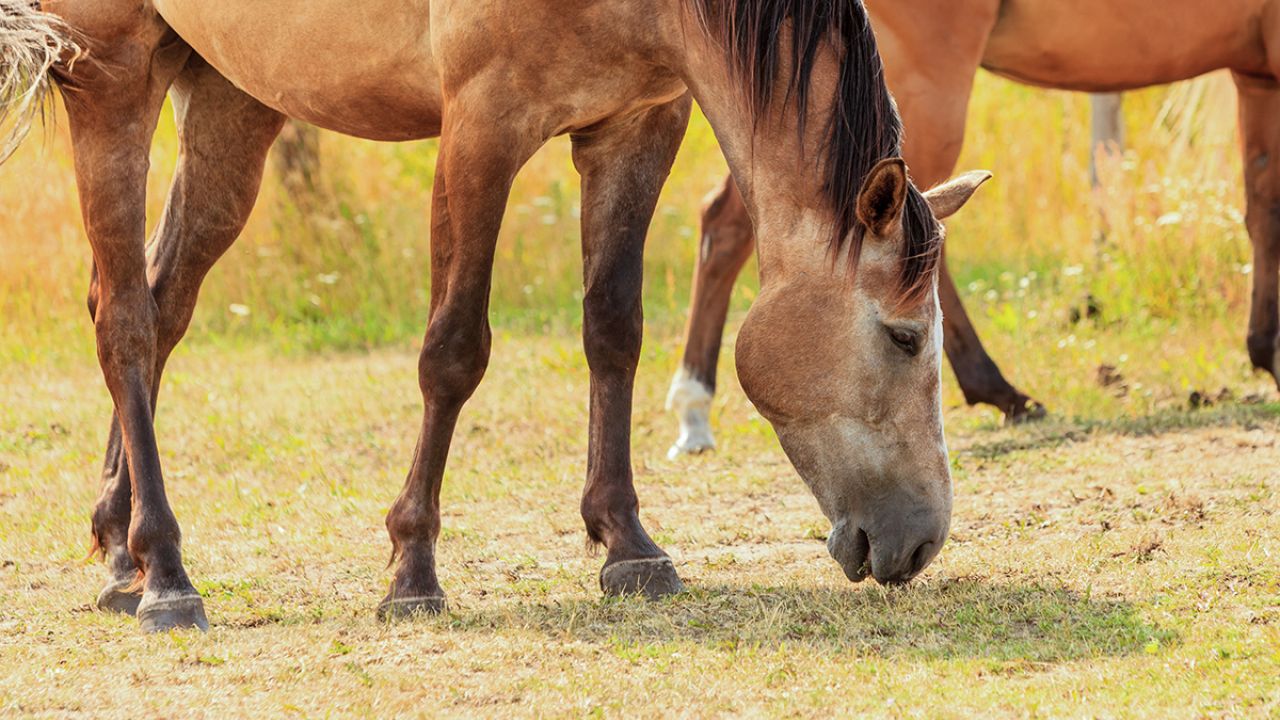How to Ride a Lazy Horse – 9 Tips to Improve the Responsiveness of Your Horse

Horses are incredible in the way they can communicate with humans, they cannot speak, but they can give us clues as to how they are feeling, what may be wrong and how we as owners, riders and trainers must listen to them for the best outcomes.
Henrik von Eckermann explains in the below Ridely video that there should always be one first question you need to ask when you find your horse is being “lazy”.
Why is the horse being “lazy”?
- Is the horse unfit or tired in the work it is doing?
- Is there something wrong with the horse health wise?
- Is the horse bored of the work you are doing or is the work too repetitive?
- Are you confusing them with your riding aids?
Question all of these things first, then try and motivate your horse through your training.
Riding a “lazy” horse and making them more responsive to aids can be a challenge, but with patience, consistency, and the right techniques, you can improve their responsiveness.
Here are 9 tips to help you check your horse is feeling healthy and well, how to ride a lazy horse and improve your training to make them more reactive to your aids:
1. Assess the horse’s health
Before working on responsiveness, ensure that the horse is healthy and free from any physical discomfort or pain that may be causing their presumed “laziness”. Consult with a veterinarian or equine professional if you suspect any underlying health issues.
2. Build a strong foundation
Establish a solid foundation of basic training on the horse, including ground manners, lunging, and establishing respect for your space. This foundation helps establish communication and respect between you and the horse.
3. Use transitions
Incorporate frequent transitions within and between gaits during your rides. Transitions require the horse to pay attention to your aids and respond promptly. Start with simple walk-trot-walk transitions and gradually introduce trot-canter-trot transitions as the horse becomes more responsive. Using transitions between paces is important, but also within the paces.
For example, ride the short side of the arena in a collected trot, then move into a working trot, then again collect the trot coming back onto the short side. Varying the pace of the trot will not only build strength, but ensure your horse is listening to the aids of forward and slow.
You can find lots of videos on riding transitions in Ridely.
4. Use light aids and be consistent
Be consistent with your aids and use light, clear, and consistent cues to communicate with your horse. Avoid using excessive force or getting into a habit of nagging with your aids. Apply the aid once and wait for a response before applying more pressure for the response.
5. Incorporate lateral work
Engage the horse’s mind and encourage them to be more responsive by incorporating lateral exercises such as leg-yields, shoulder-in, and haunches-in. These exercises encourage the horse to step under themselves and engage their hindquarters.
6. Consider fitness and conditioning
A lazy horse may also benefit from increased fitness and conditioning. Incorporate regular exercise routines, such as hill work and pole exercises, to improve their overall fitness level and increase their energy levels.
7. Vary your training routine
Keep your horse engaged by varying your training routine. Incorporate different exercises, patterns, and challenges to prevent them from getting bored and complacent. This can help maintain their responsiveness and motivation. Hacking, trail rides or riding in a big field can also be helpful variations to ensure your horse remains interested.
8. Reward and praise
When the horse responds correctly to your aids, reward them with praise, pats, or a brief break. Positive reinforcement helps to reinforce good behaviour and encourages the horse to be more attentive and responsive in the future.
9. Be patient and persistent
Changing a horse’s behaviour takes time, so be patient and persistent in your training efforts. Consistency and repetition are key to developing a more responsive and willing horse.
Remember, each horse is unique, and what works for one may not work for another.
If you continue to face challenges, it may be helpful to seek guidance from a professional who can provide personalised assistance and advice based on the specific needs of your horse.
Find more training exercises from world class equestrian professionals in Ridely.

- Train with 10+ Olympians from home.
- Learn and make the most of your equestrian life.

Learn from Carl Hester in Ridely!
Exclusive training videos with top trainers and riders like Carl Hester are available in the Ridely library. Don’t miss out!


